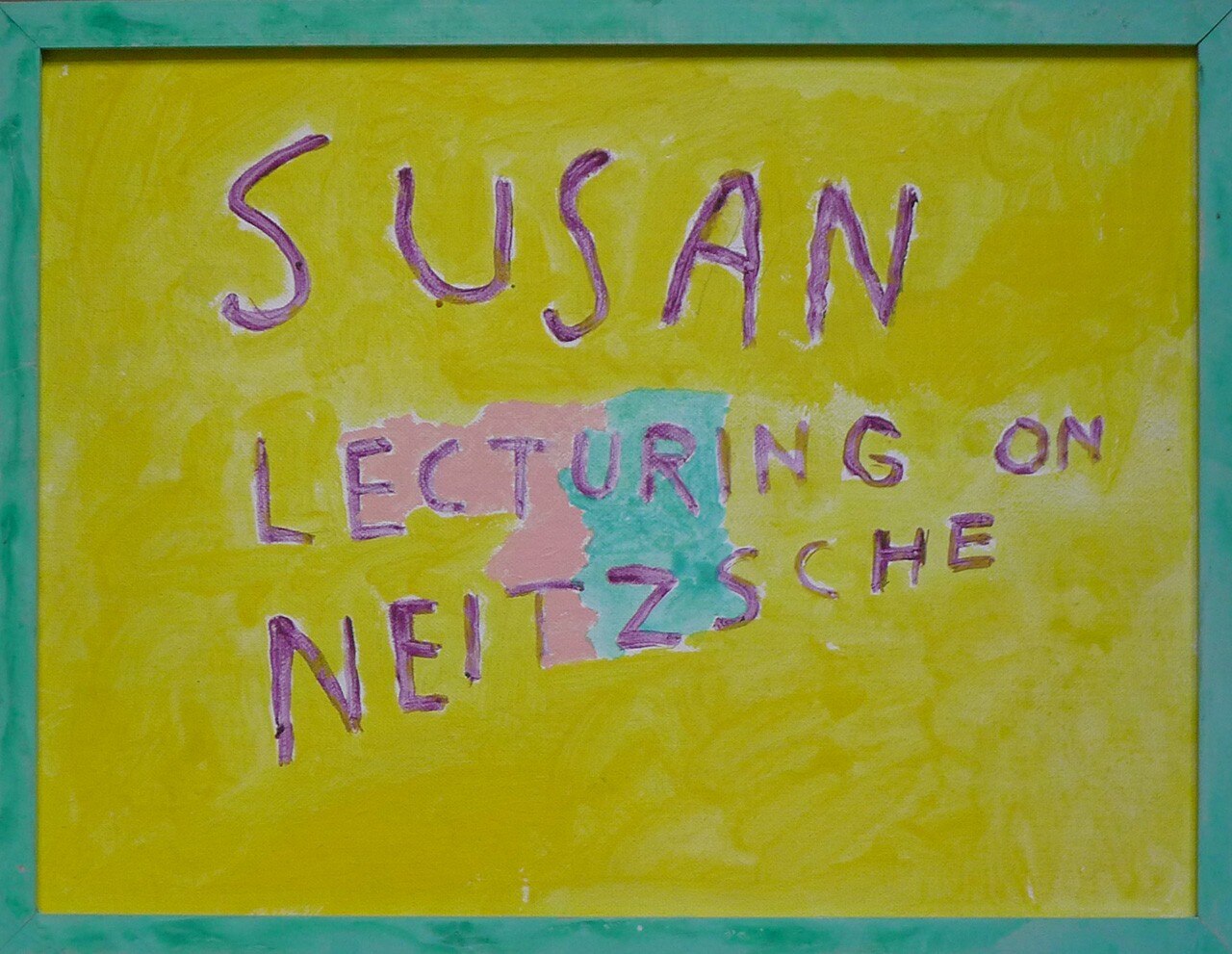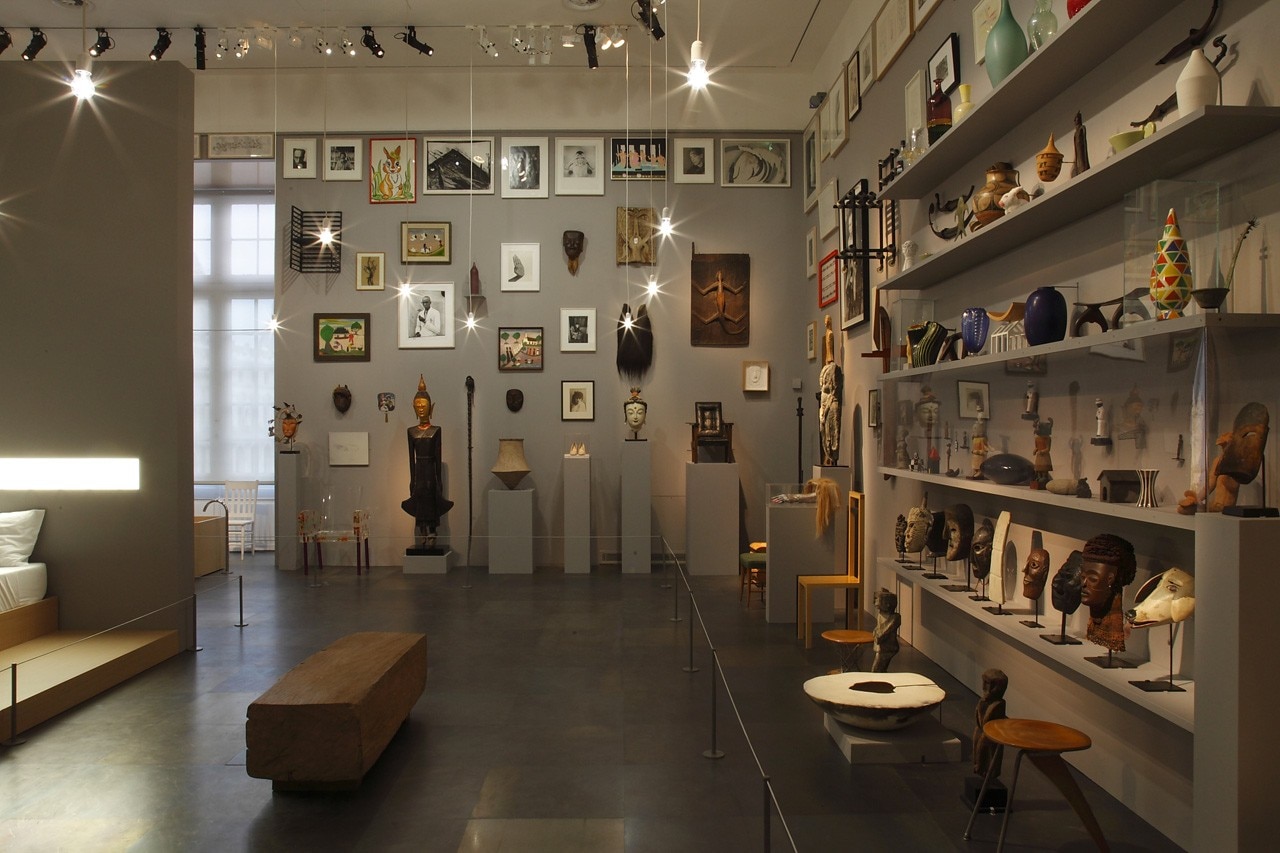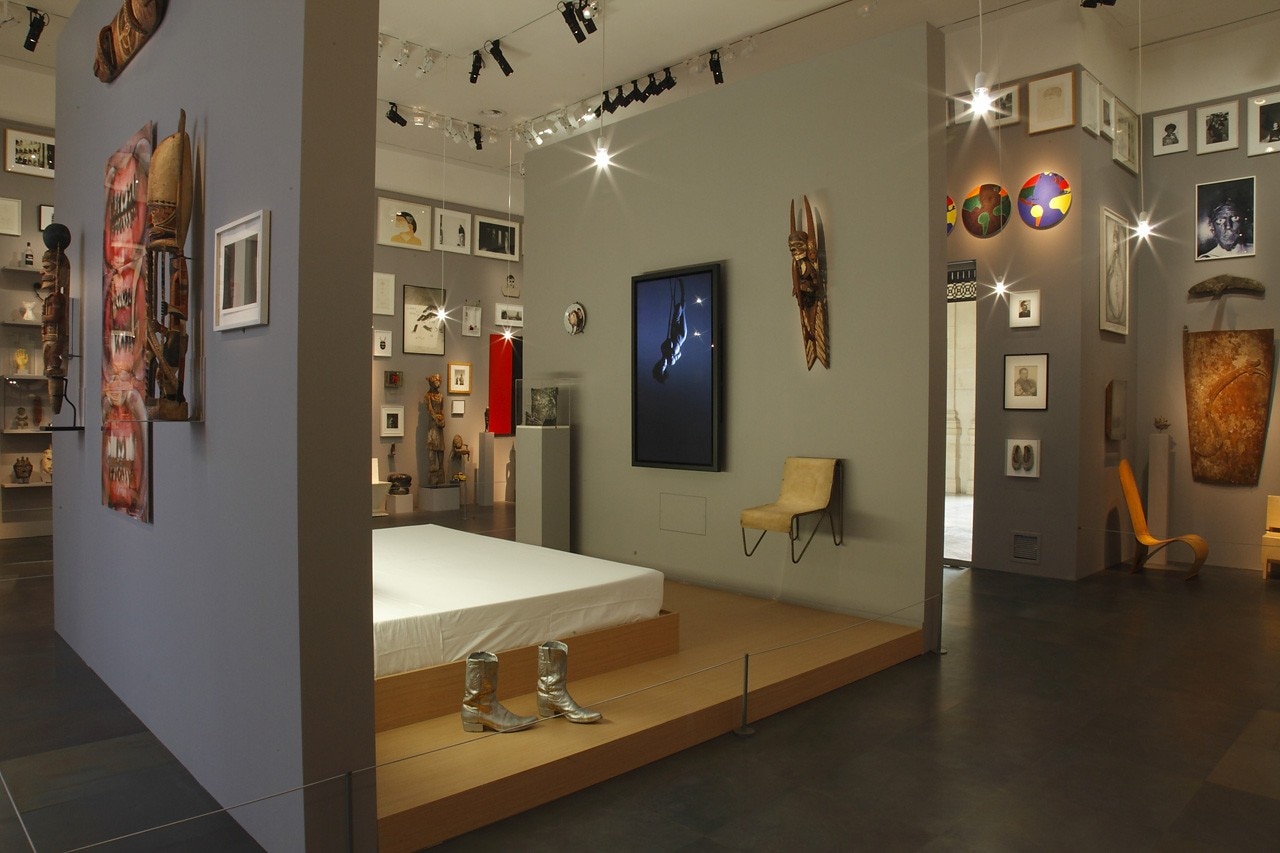
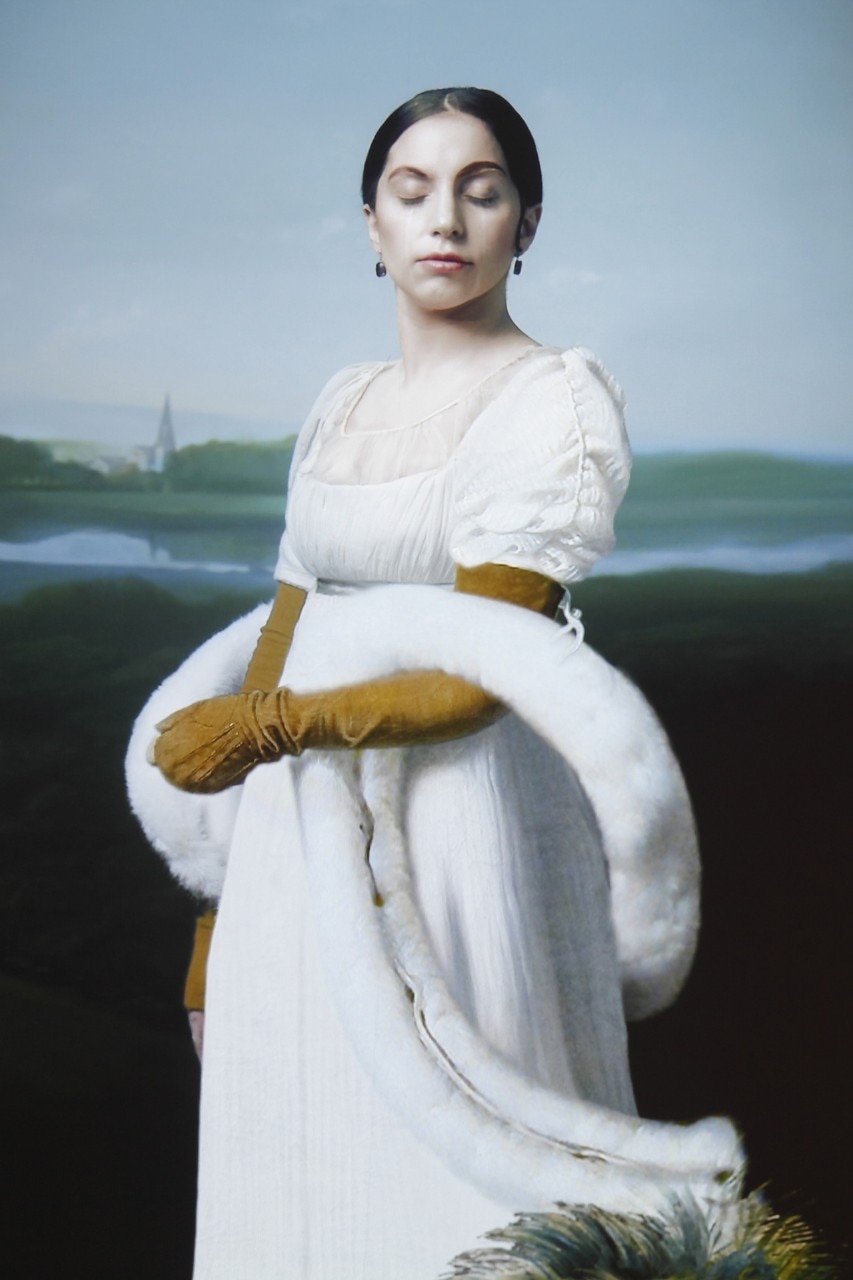
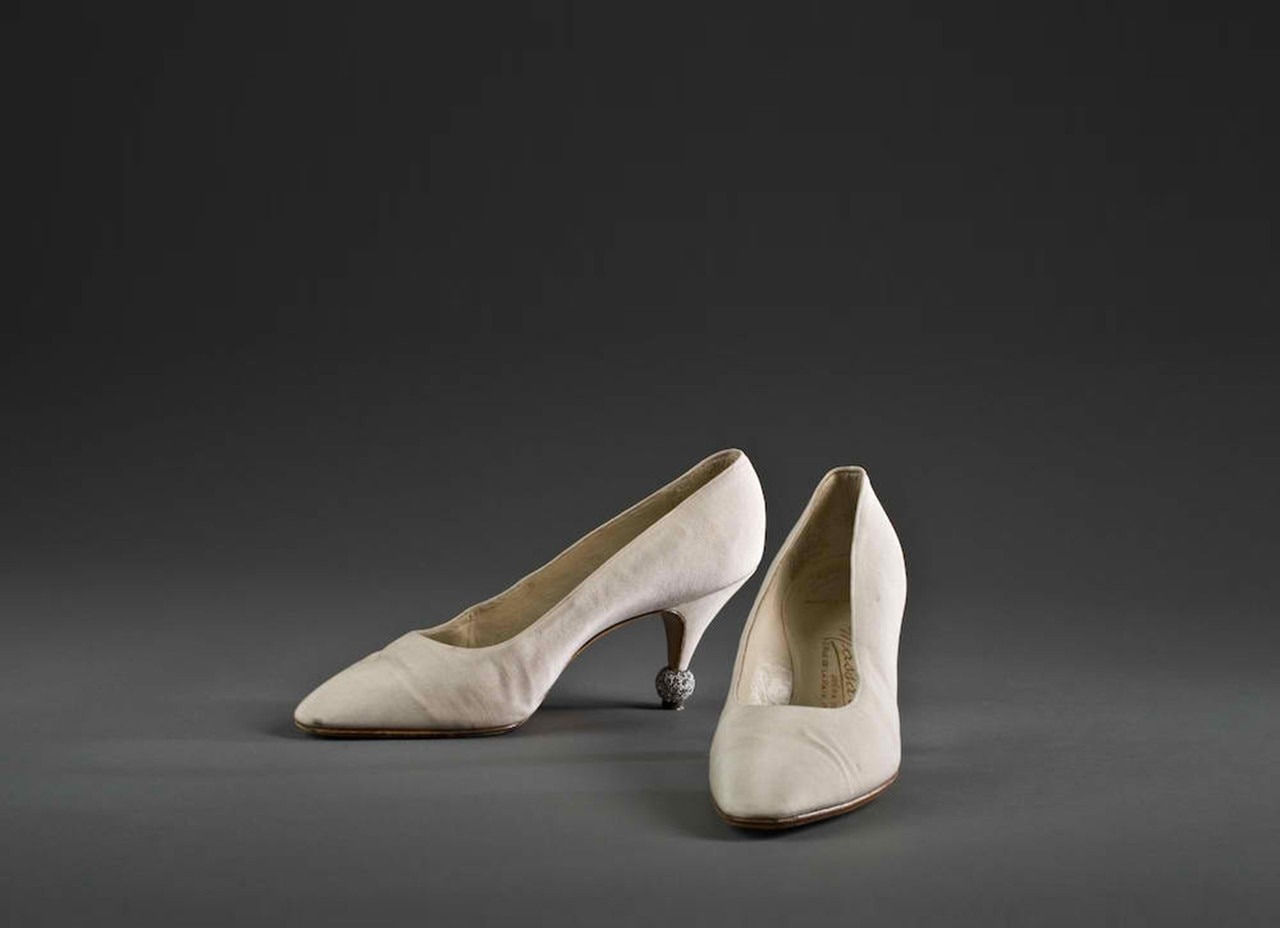
His video-portraits are inspired by complex masterpieces and show the pop singer in the reclining immobility of David’s Marat, assassinated in the bath, or in the candid Neoclassicism and ermine of a Caroline Riviere painted by Ingres. A sigh for the Marat and tears for the splendid Ingres portrait.
Like a swan flying slowly across the sky, these are the only signs of a departure from the sterile painting conserved here and a warning on the potential future survival of the fine arts. This vast video project even includes a beheading of St John the Baptist painted by Andrea Solari in 1507.
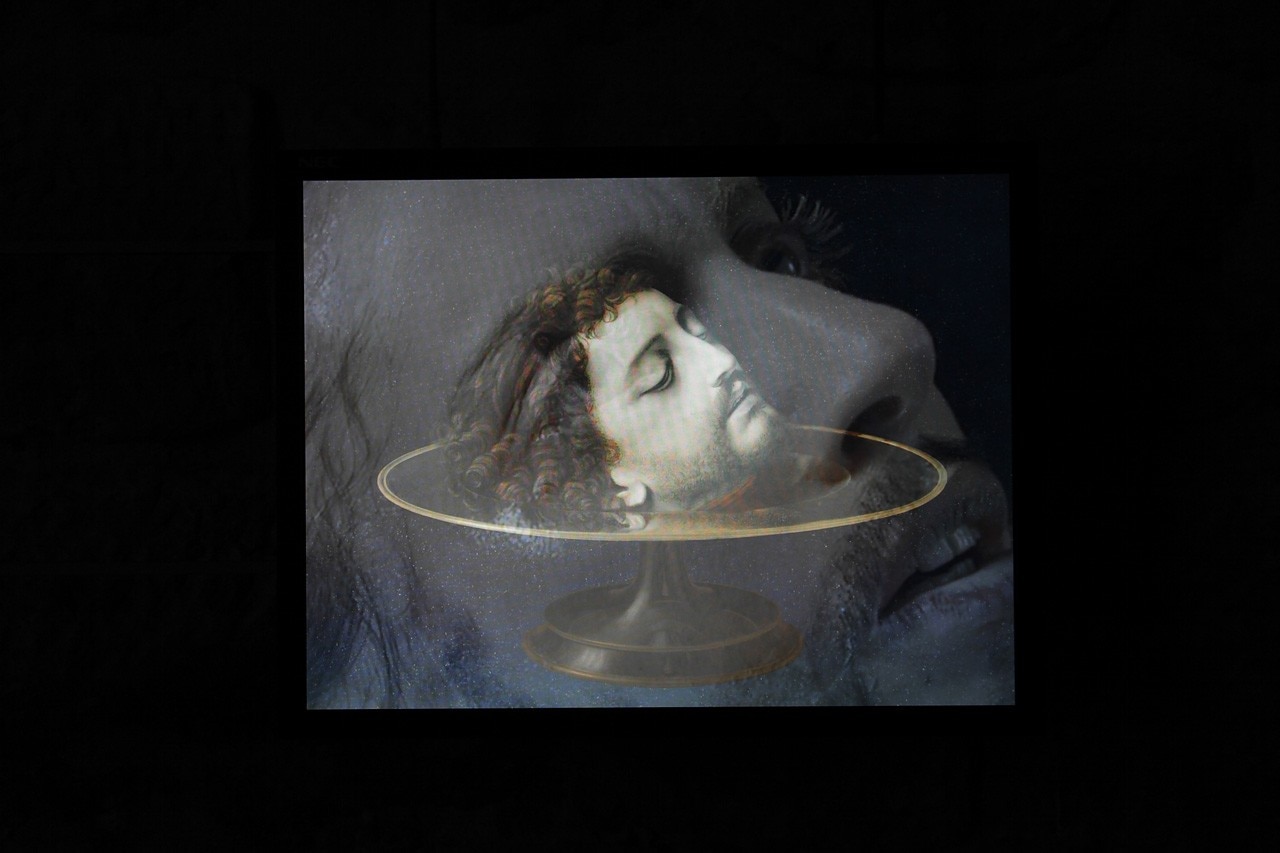
At the Louvre, the series can be viewed in the Sale de la Maquette but a more domestic version can be seen, along with the interesting and intense backstage bondage, at the Galerie Thaddhaeus Ropac until January, where performer and director are engaged in an intense production.
Every season sees the rekindling of Wilson’s reciprocated love story with Paris since he received his first public blessing from Aragon in 1971, contained in an open letter to Breton in which he said “…what we, from whom Surrealism was born, dreamed would come after and go beyond us.” That was in the days of Deafman Glance.
